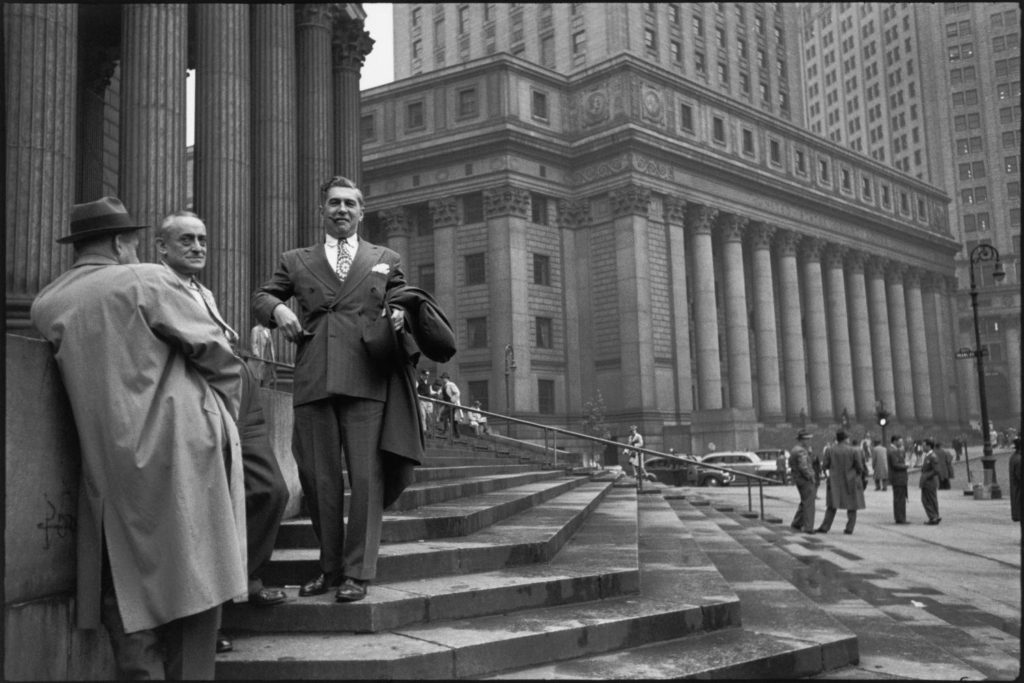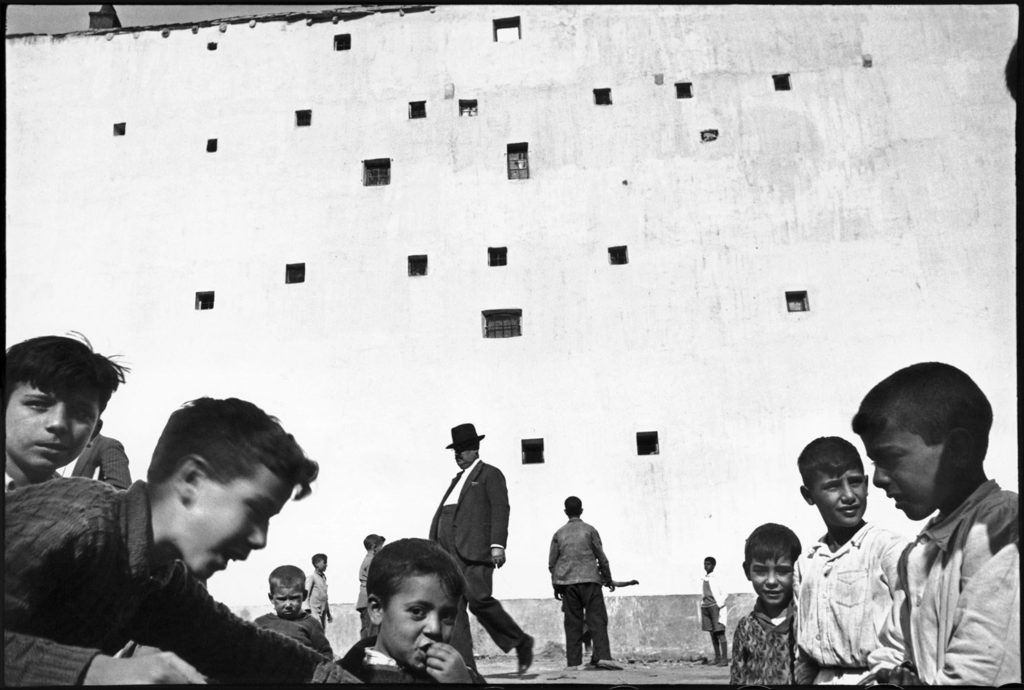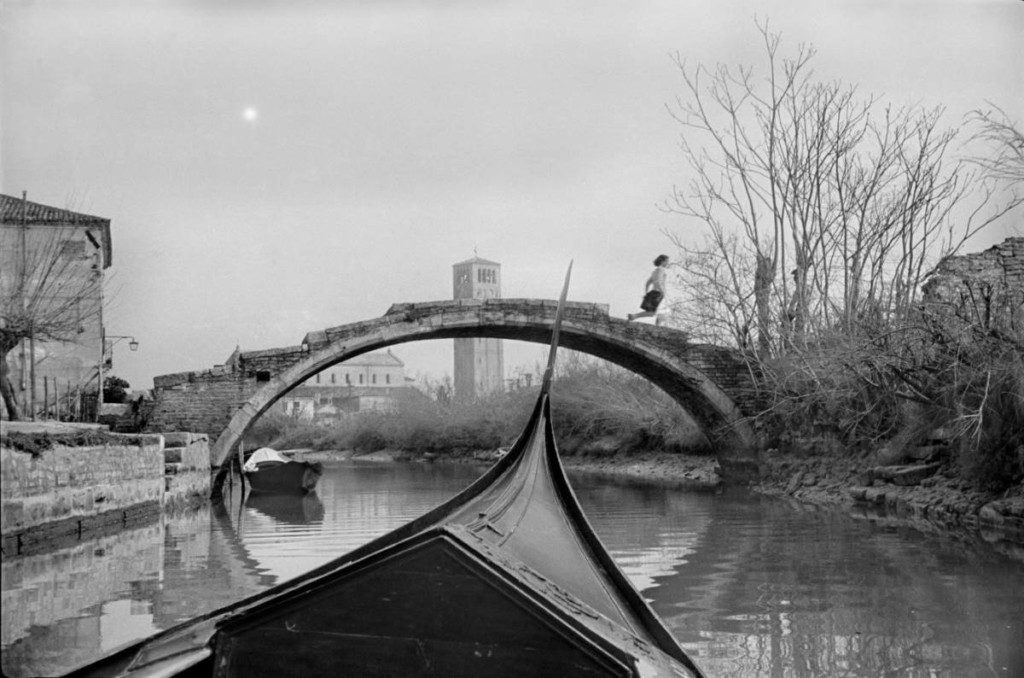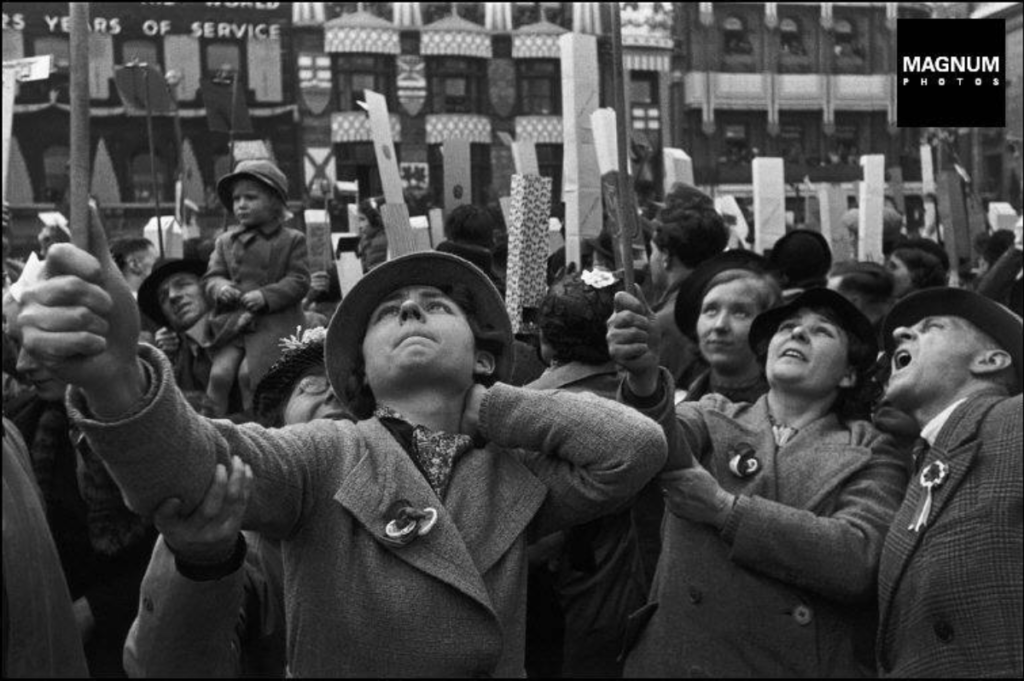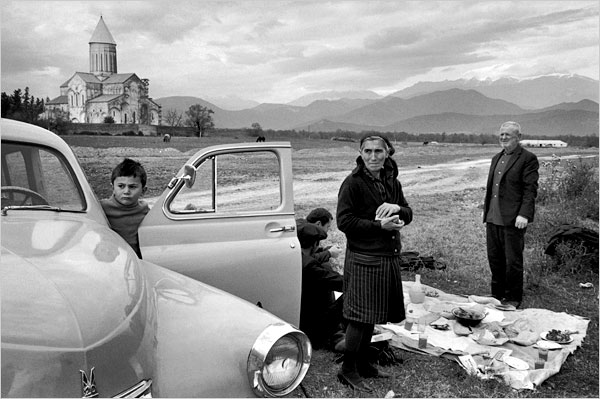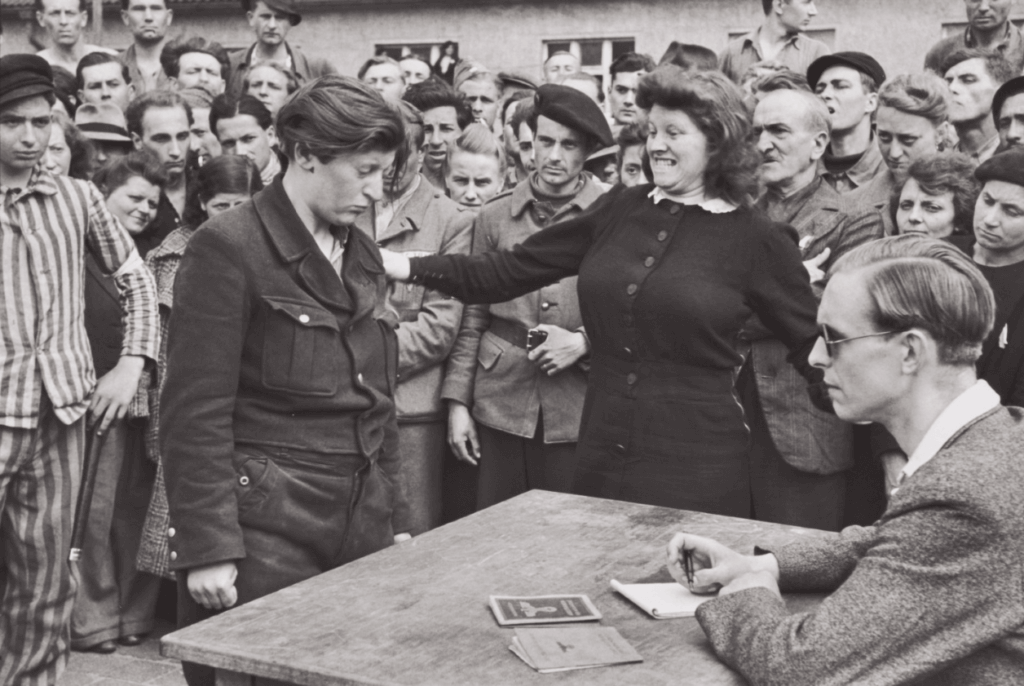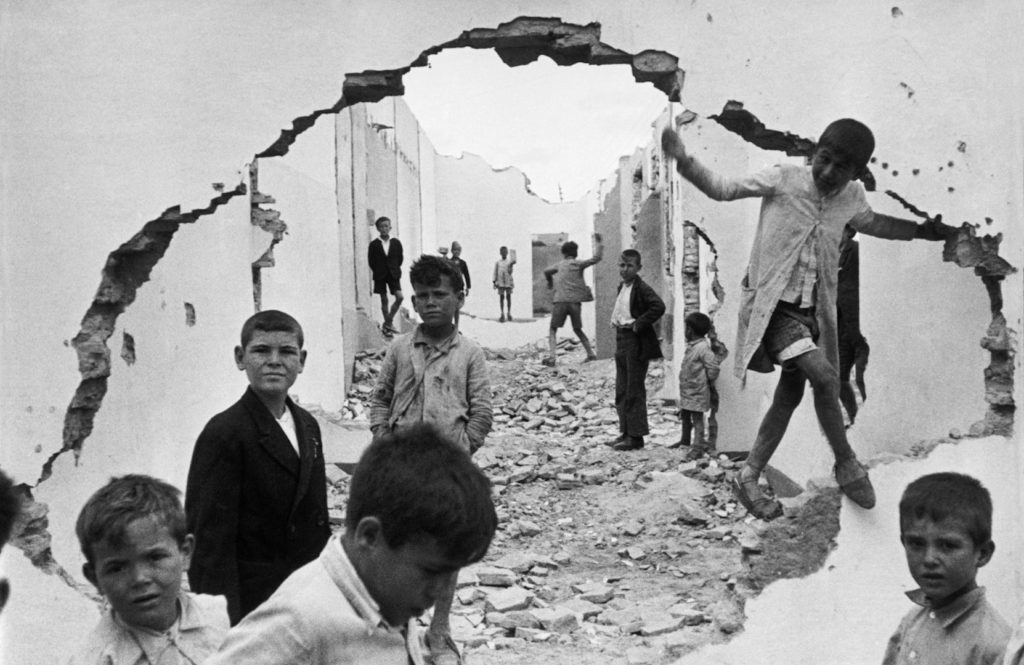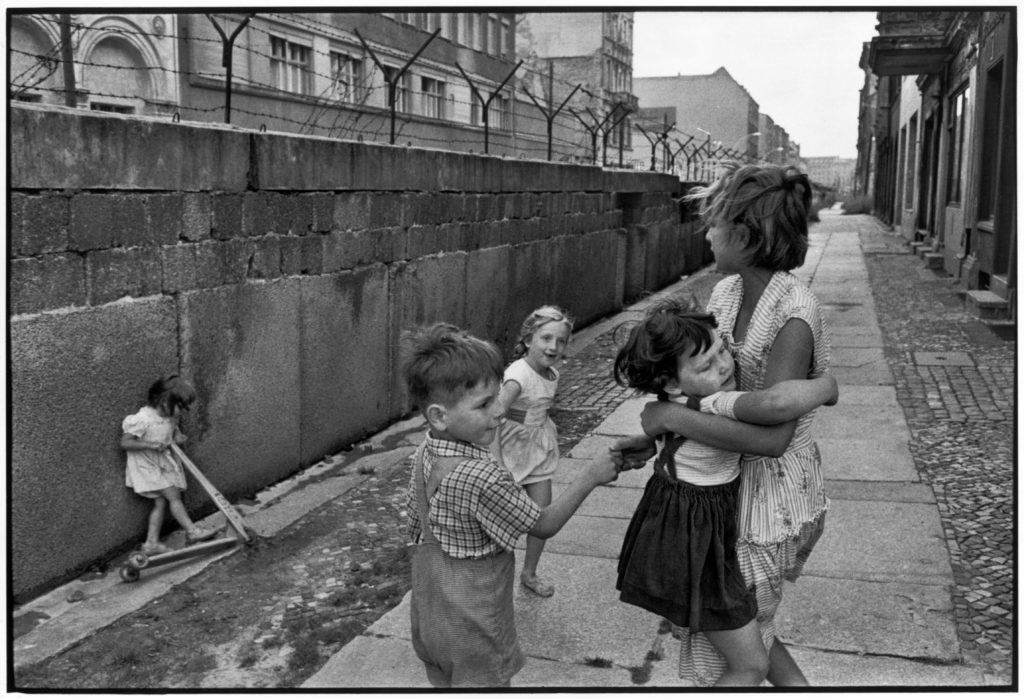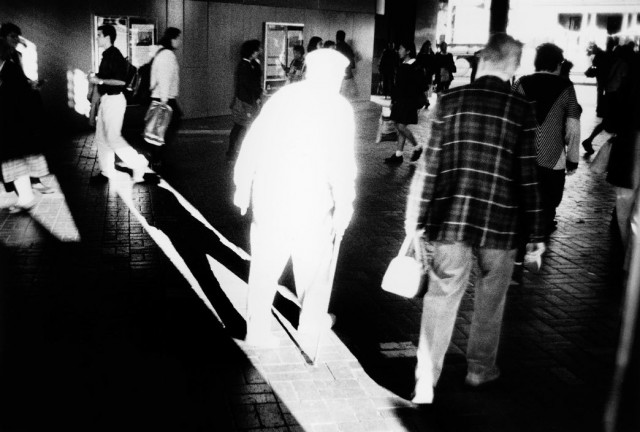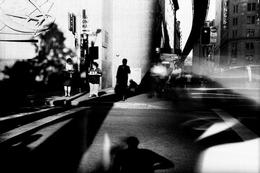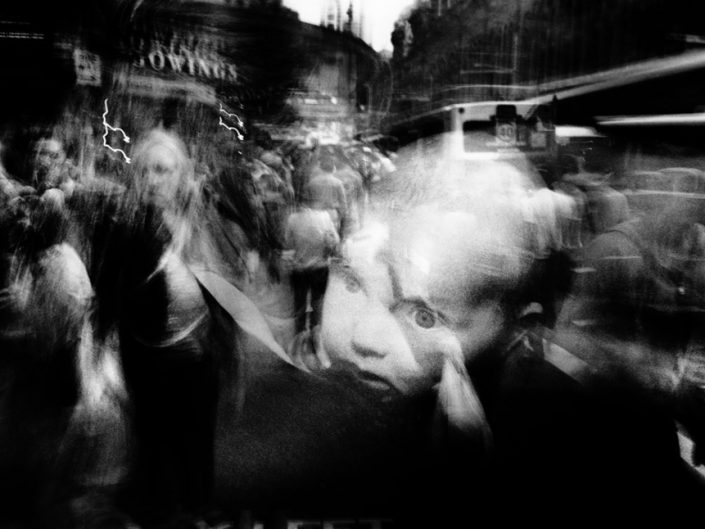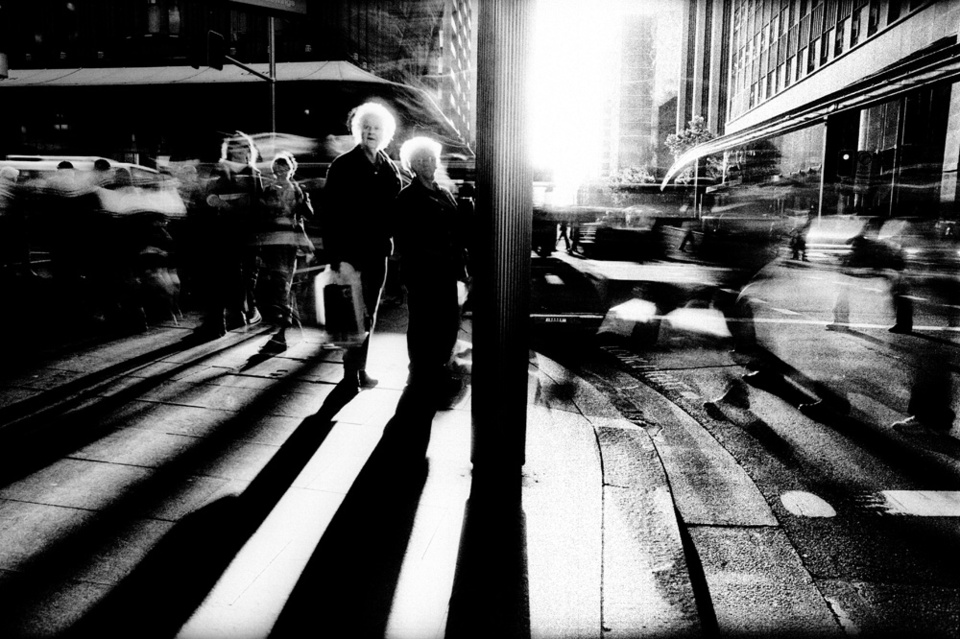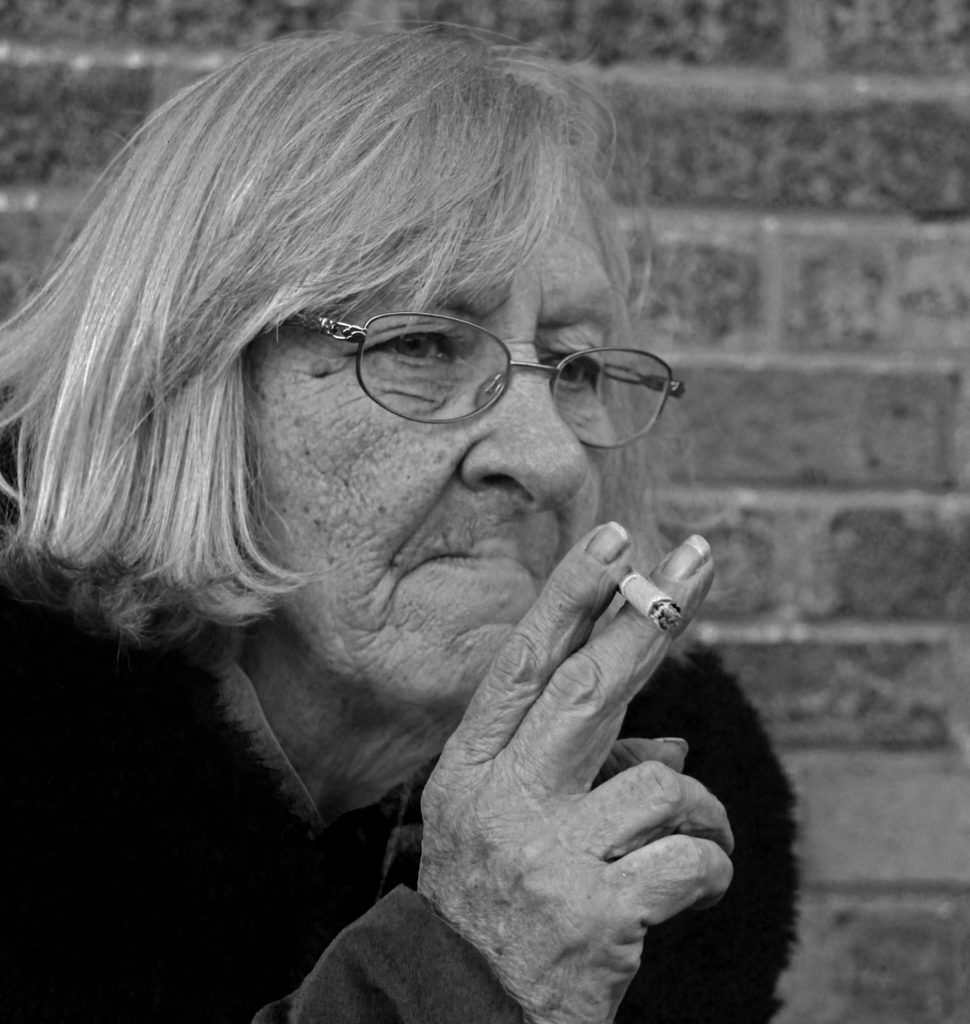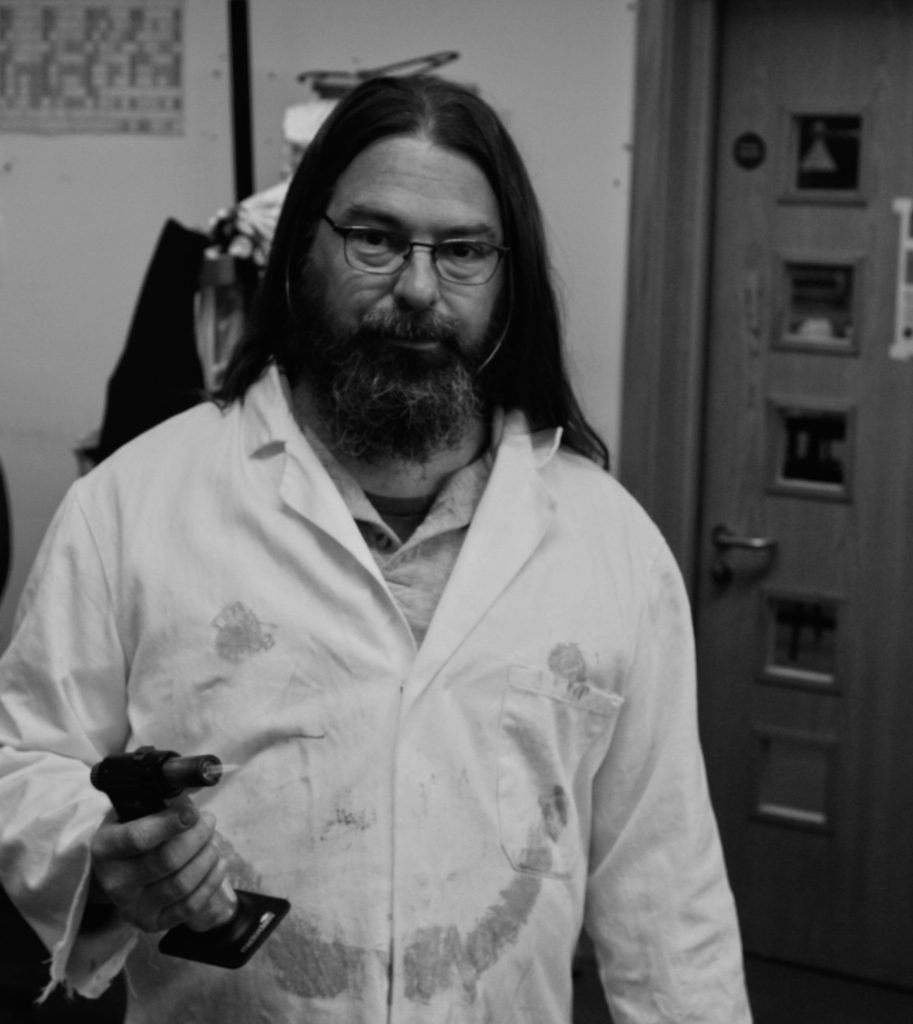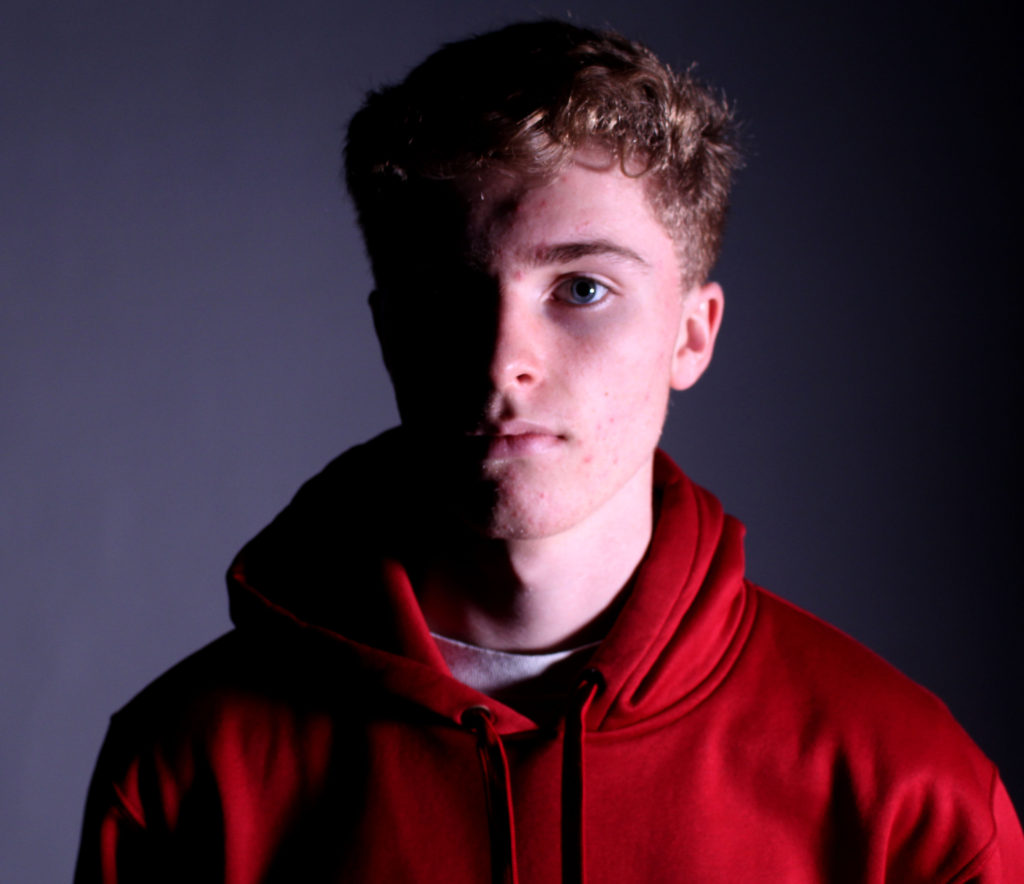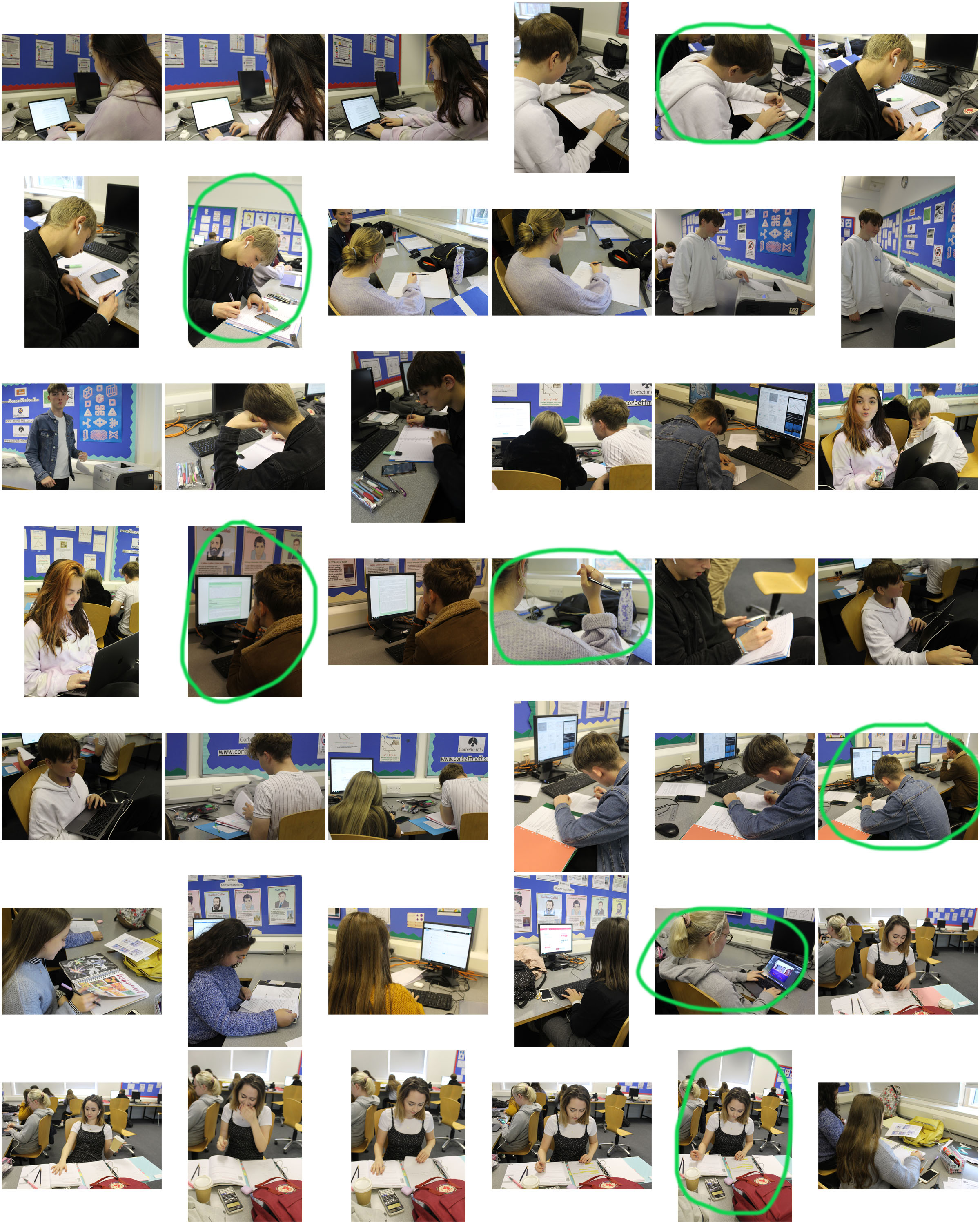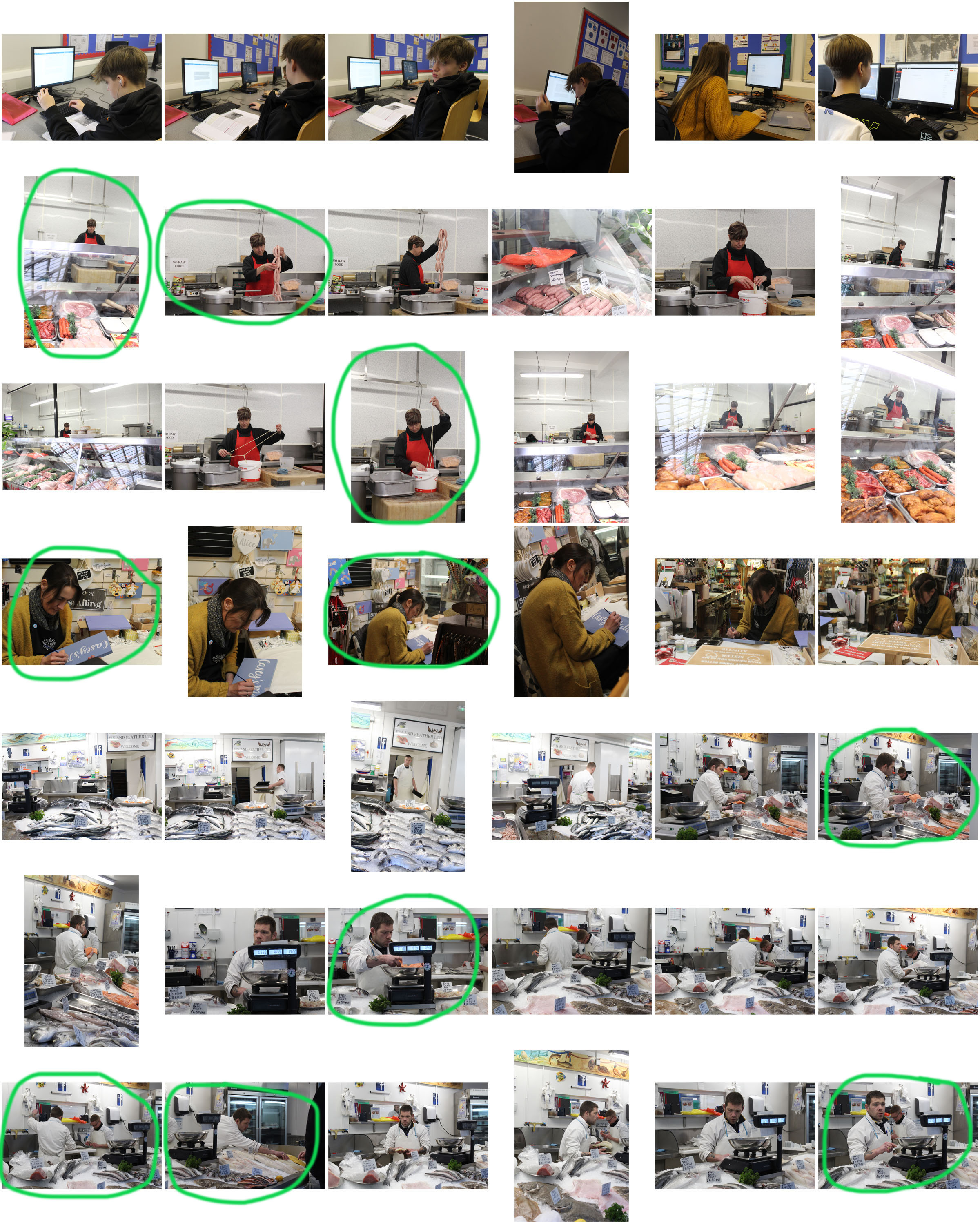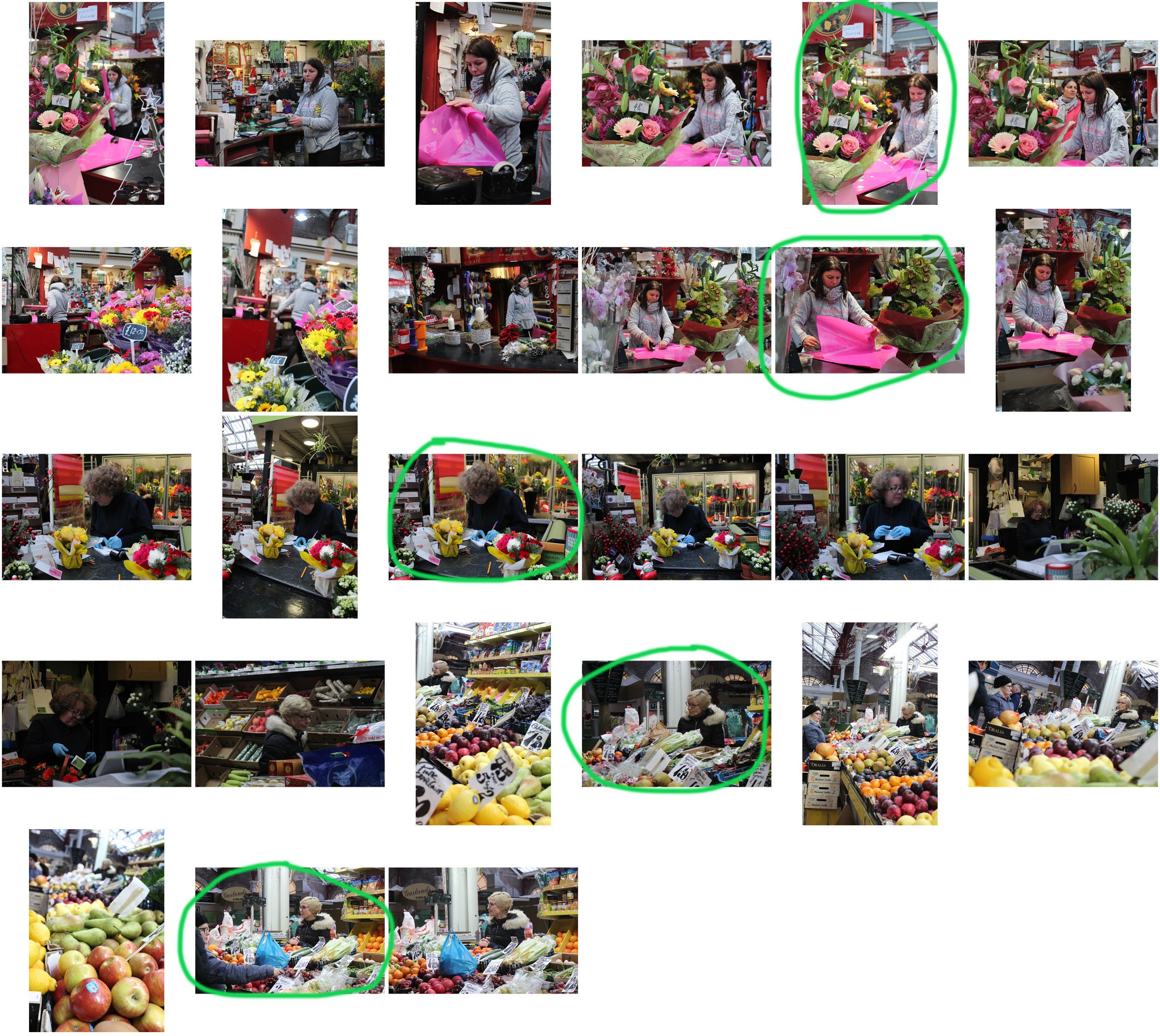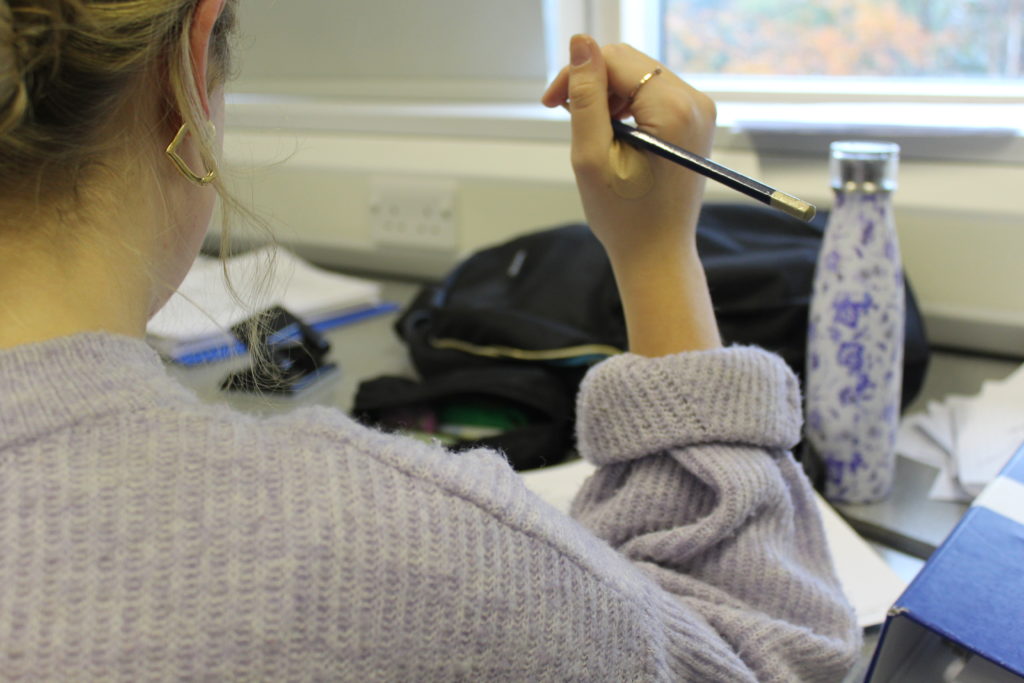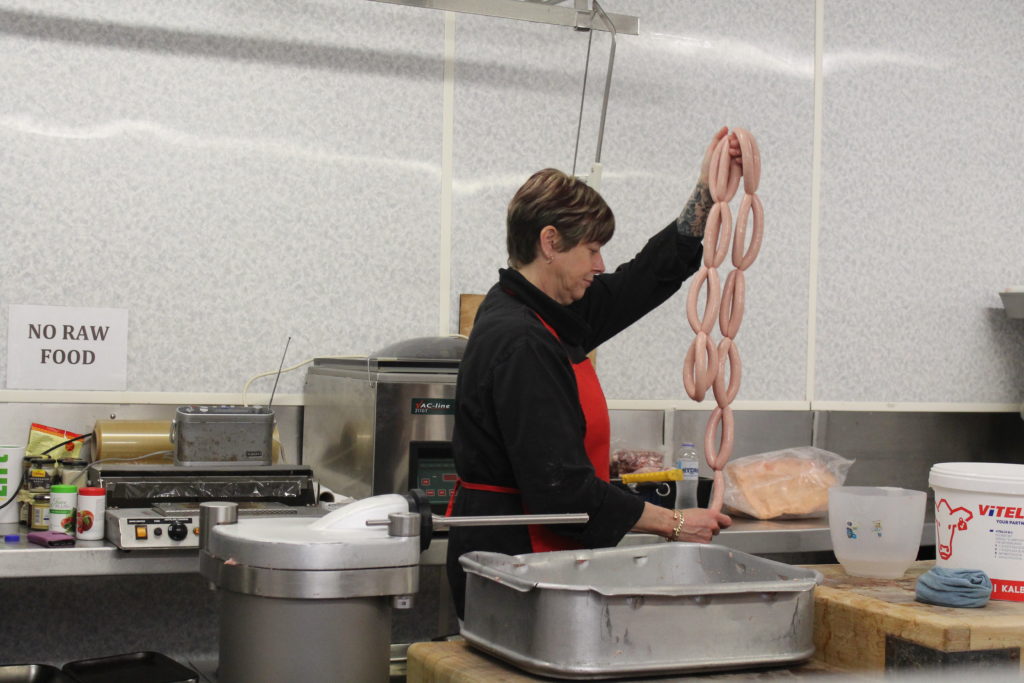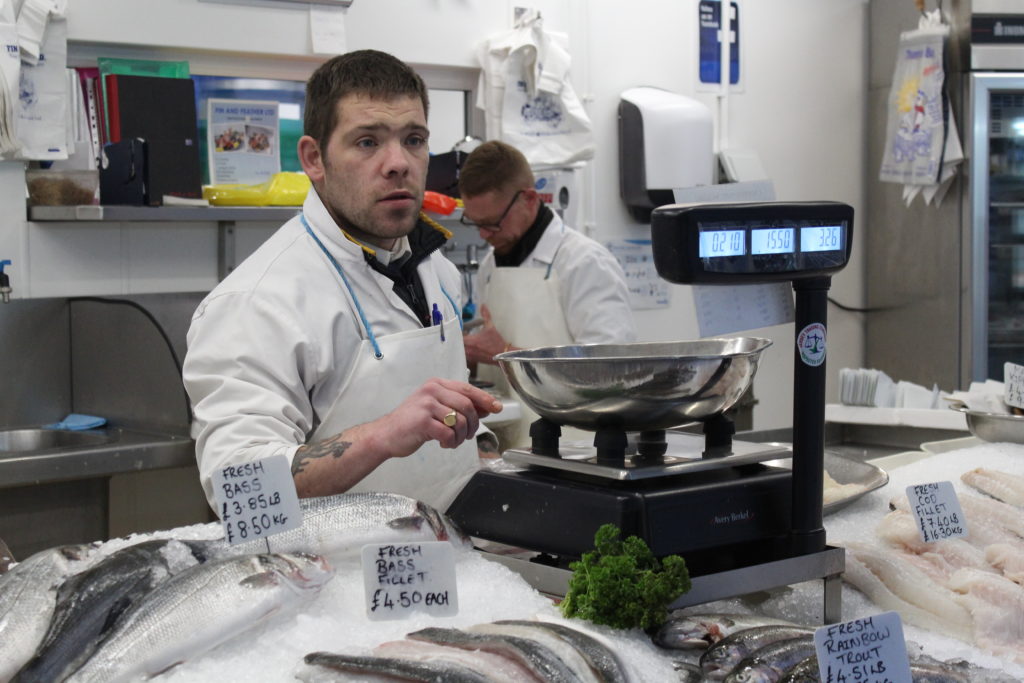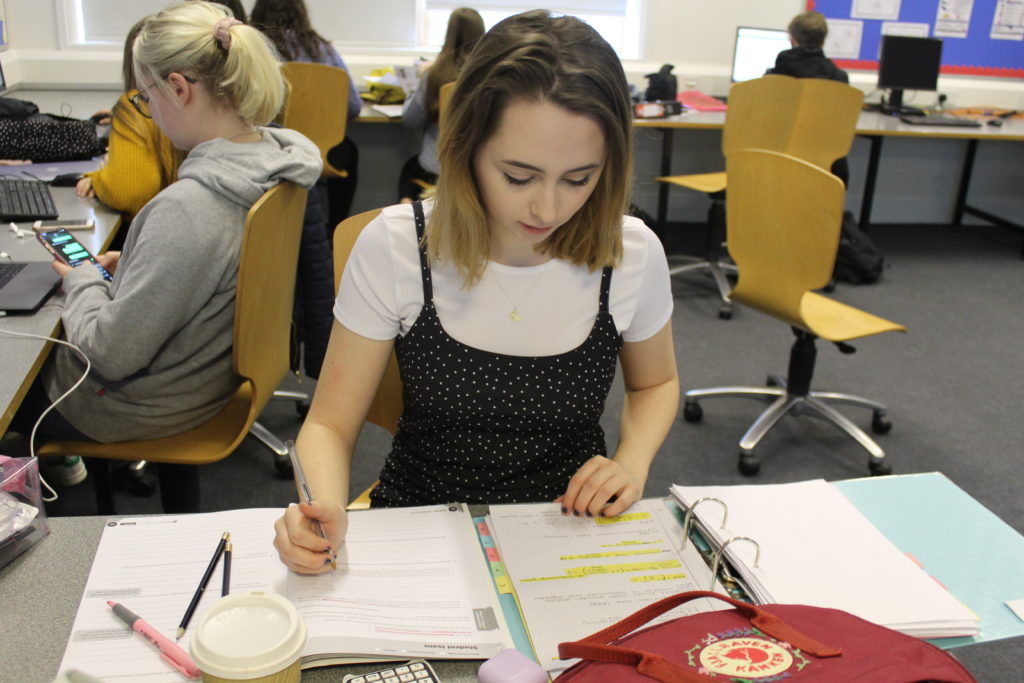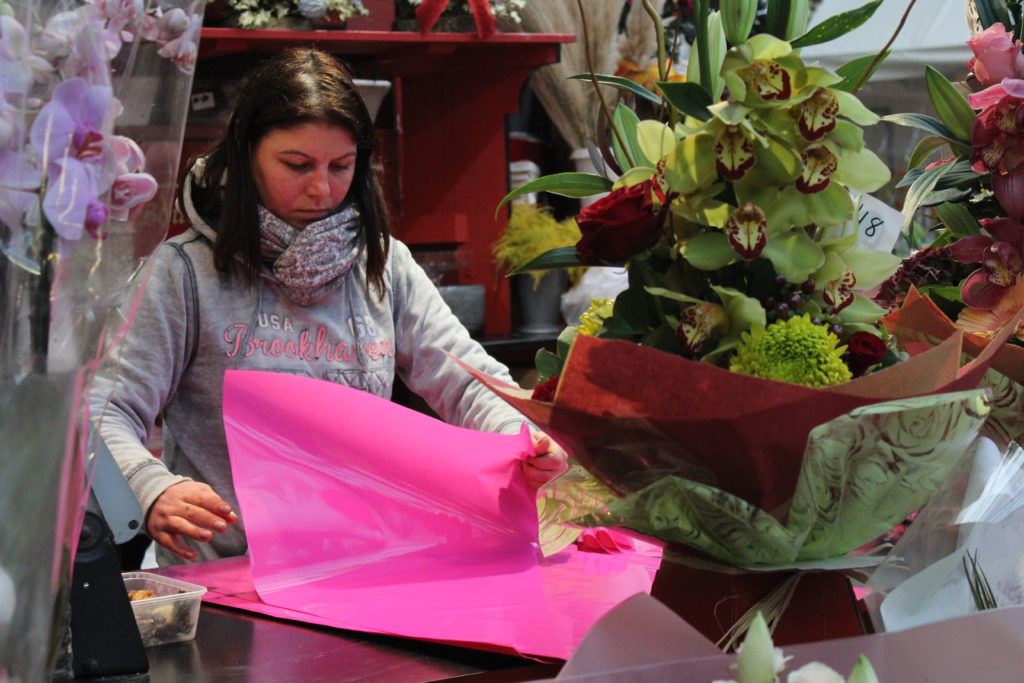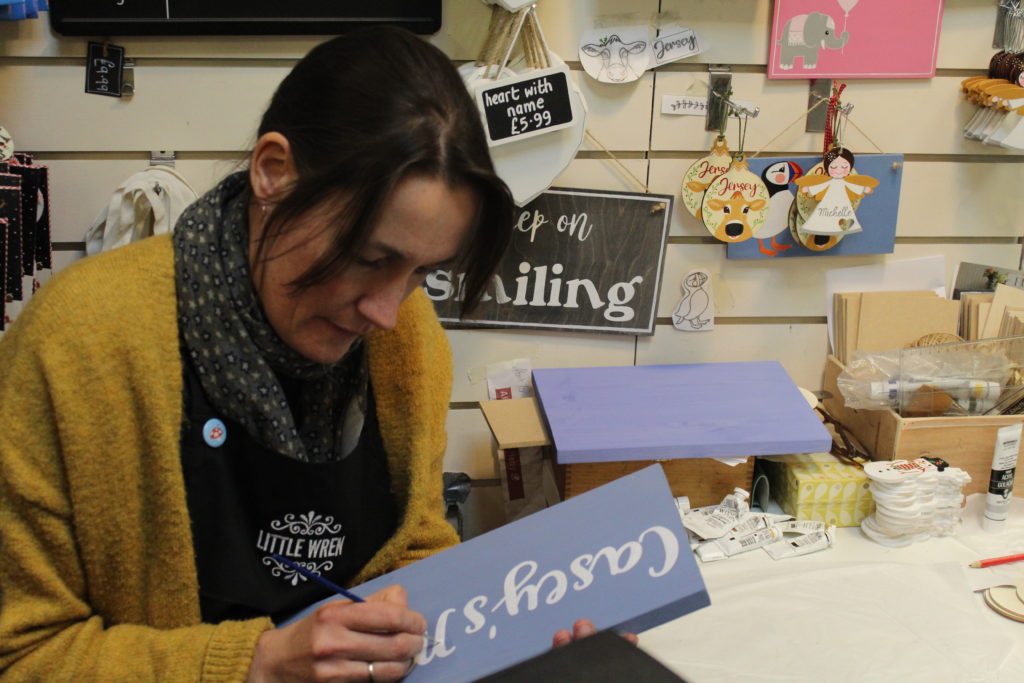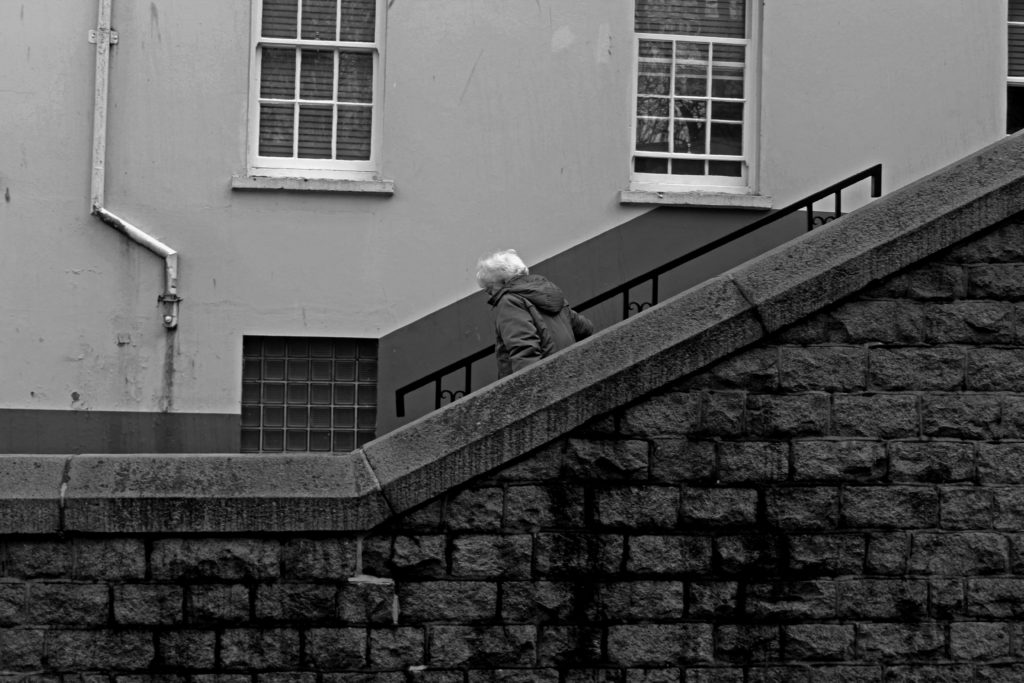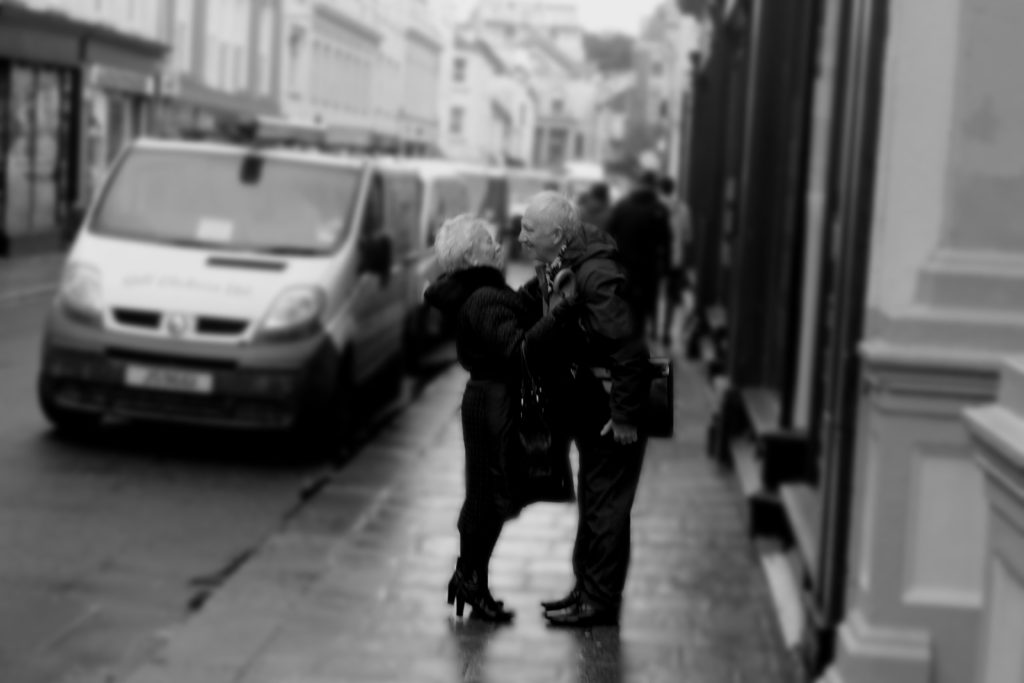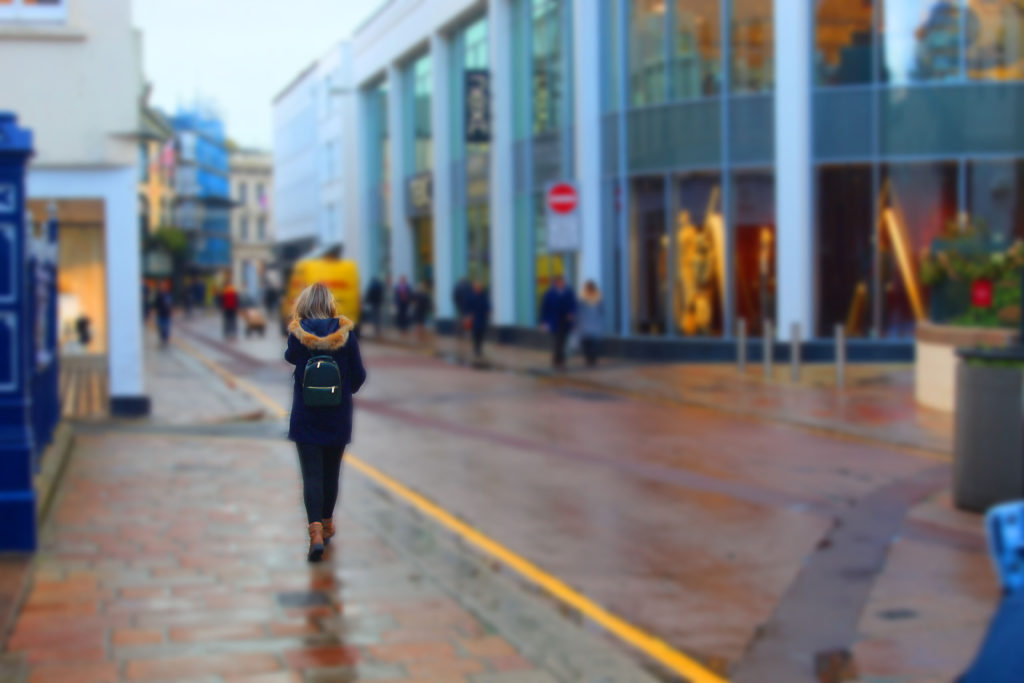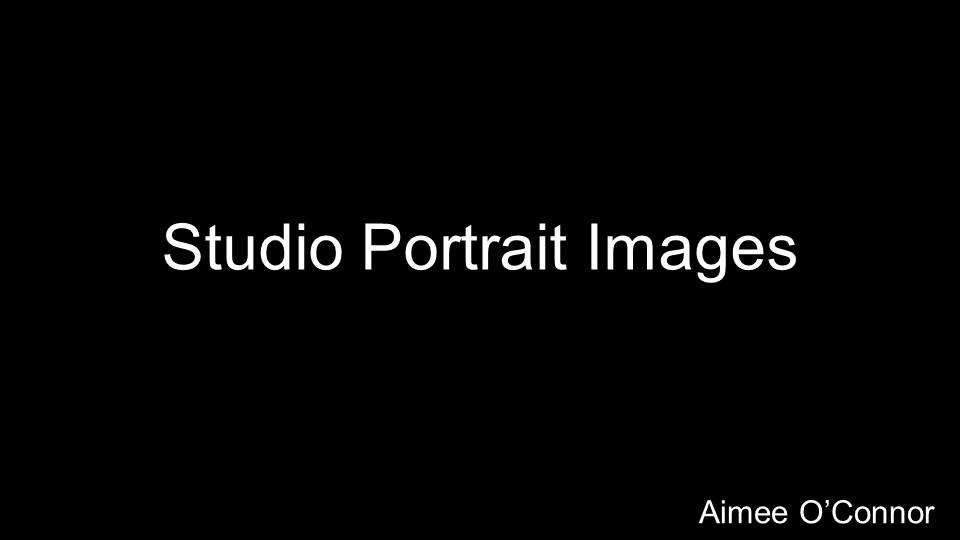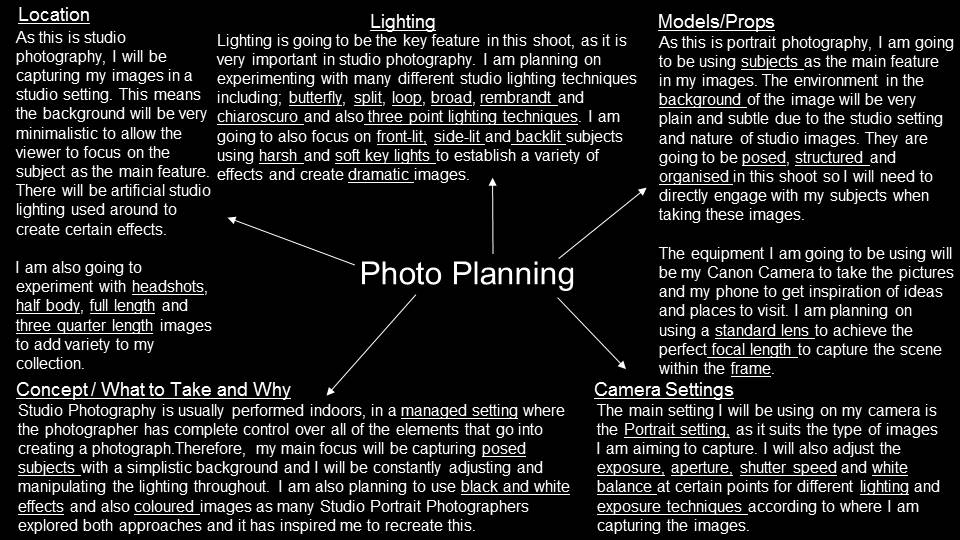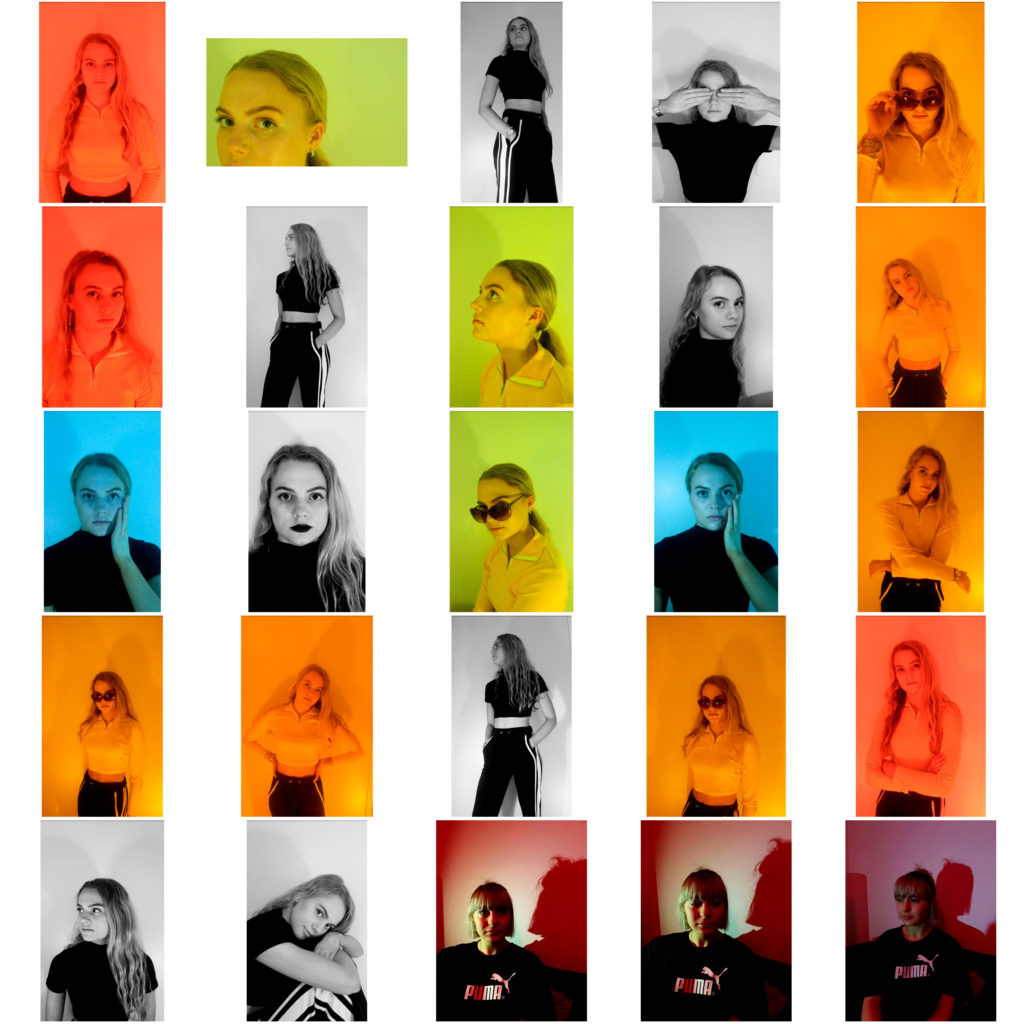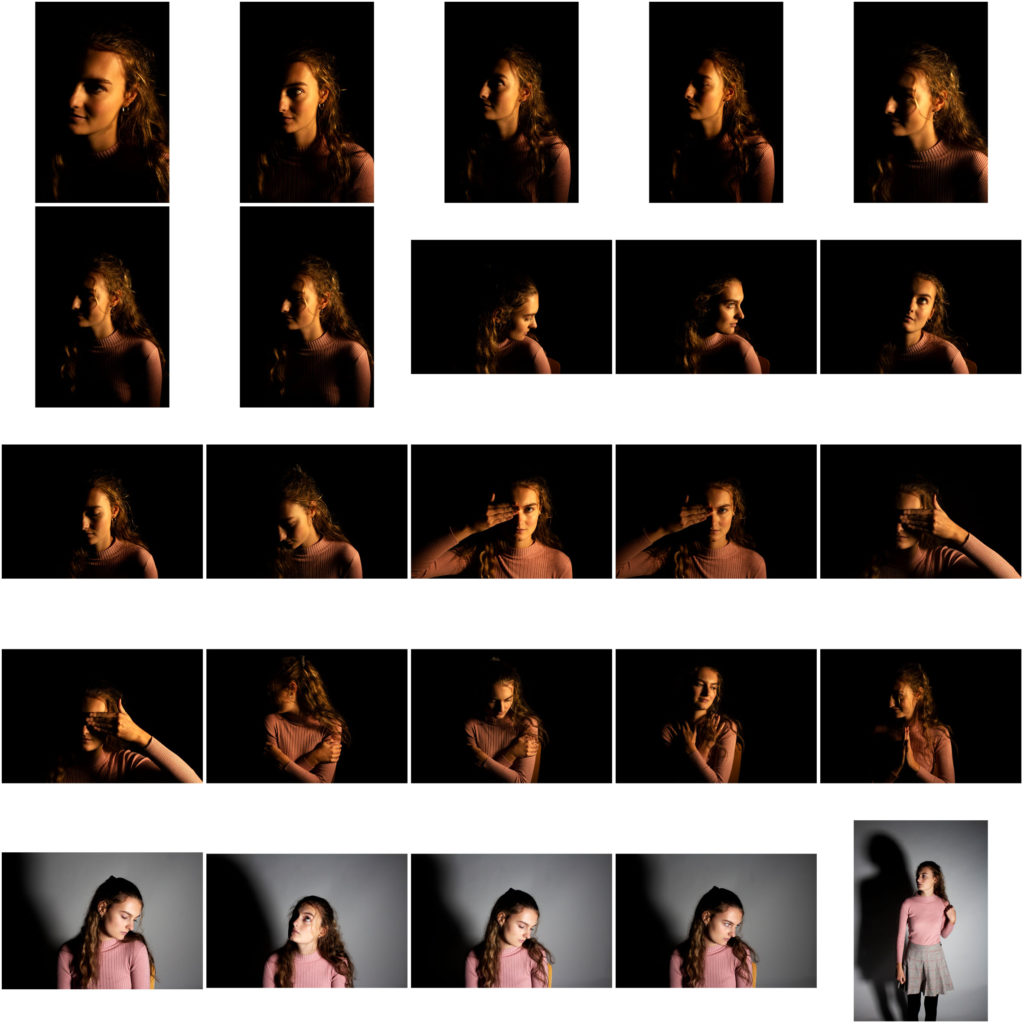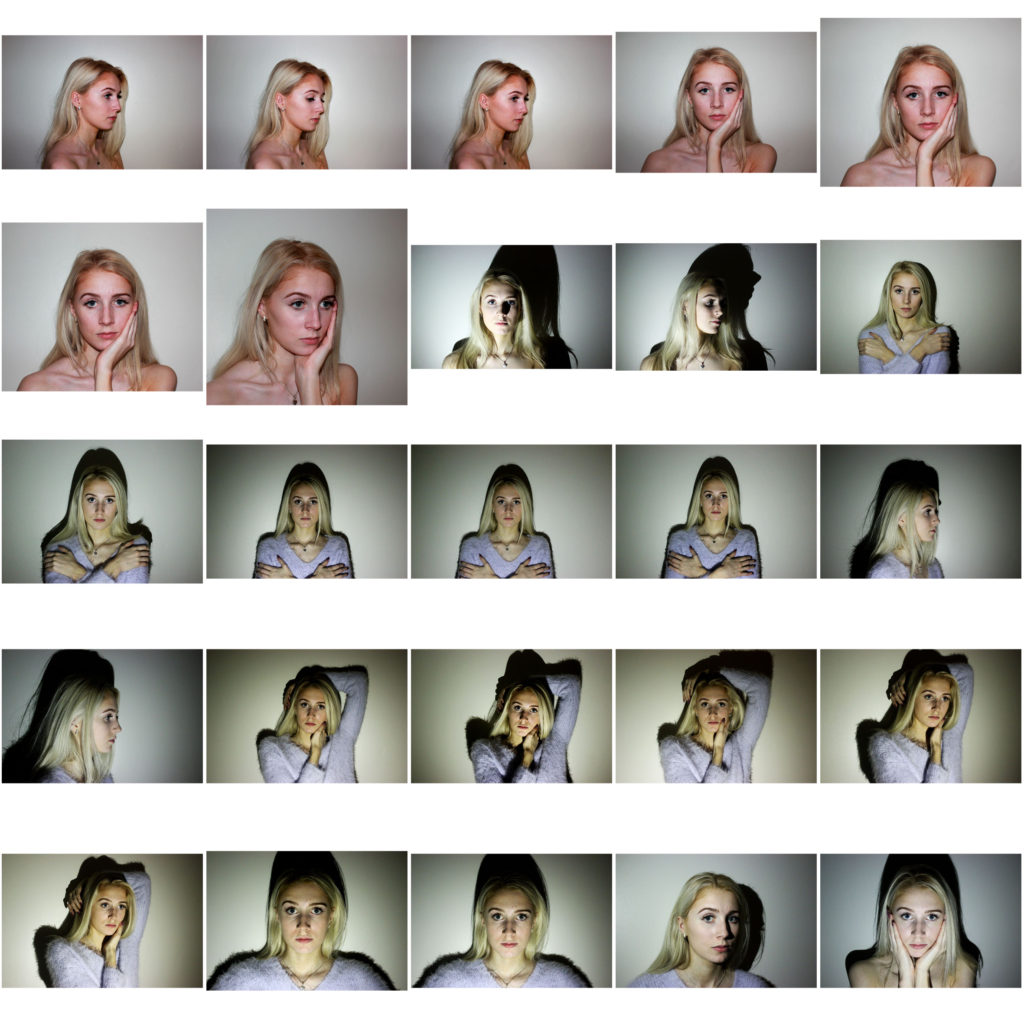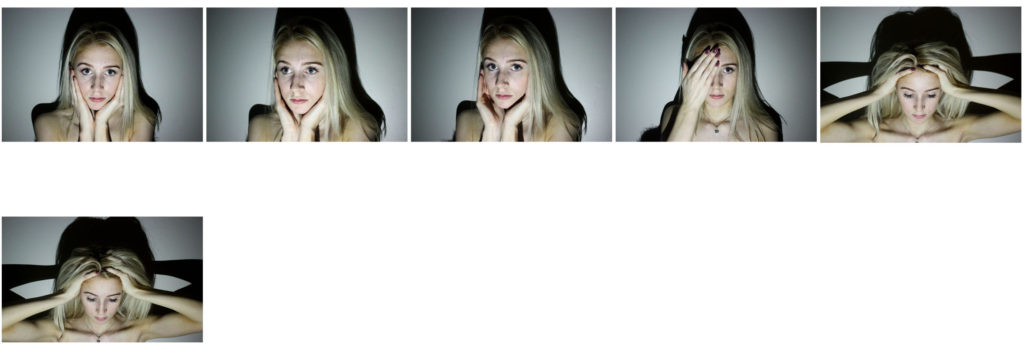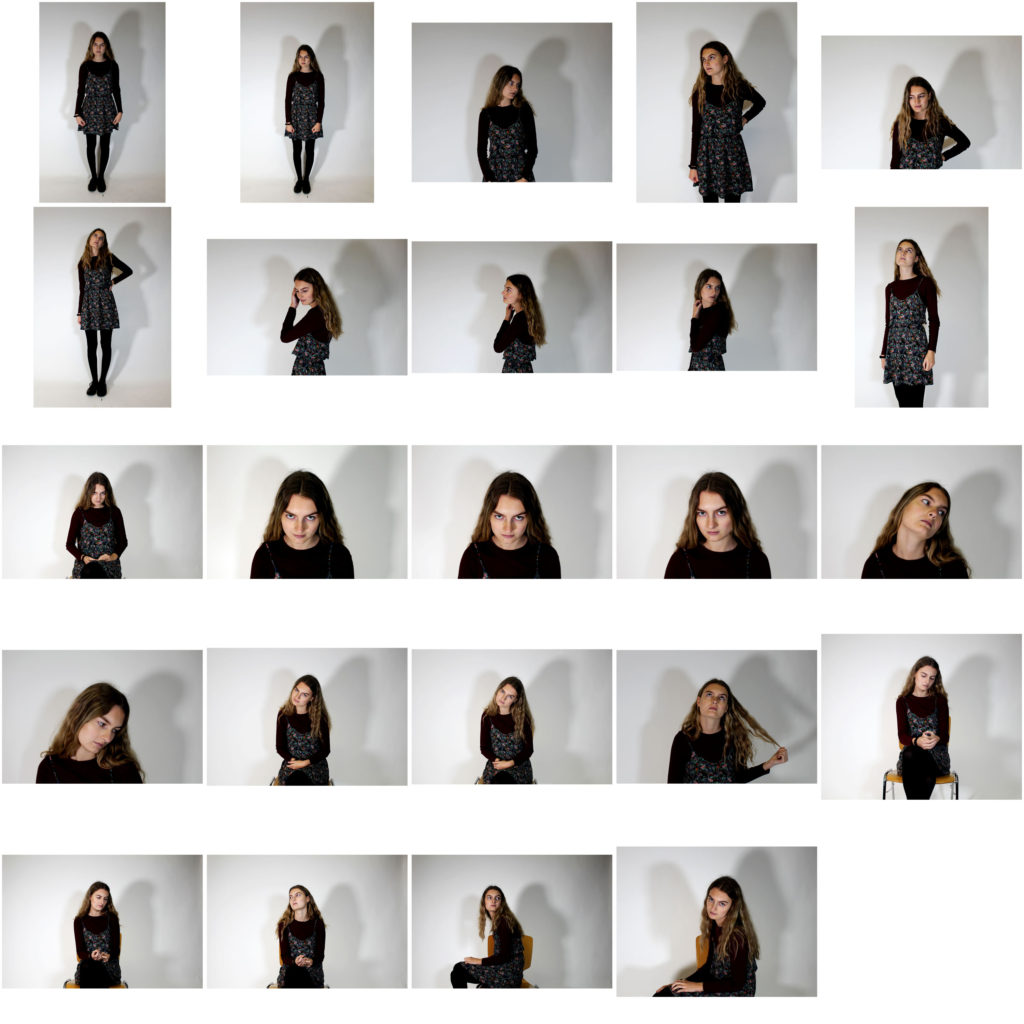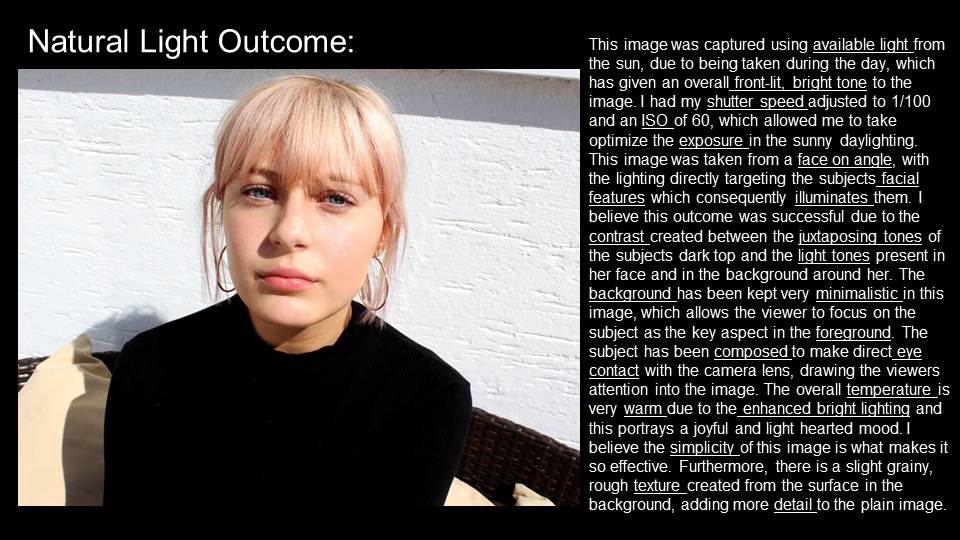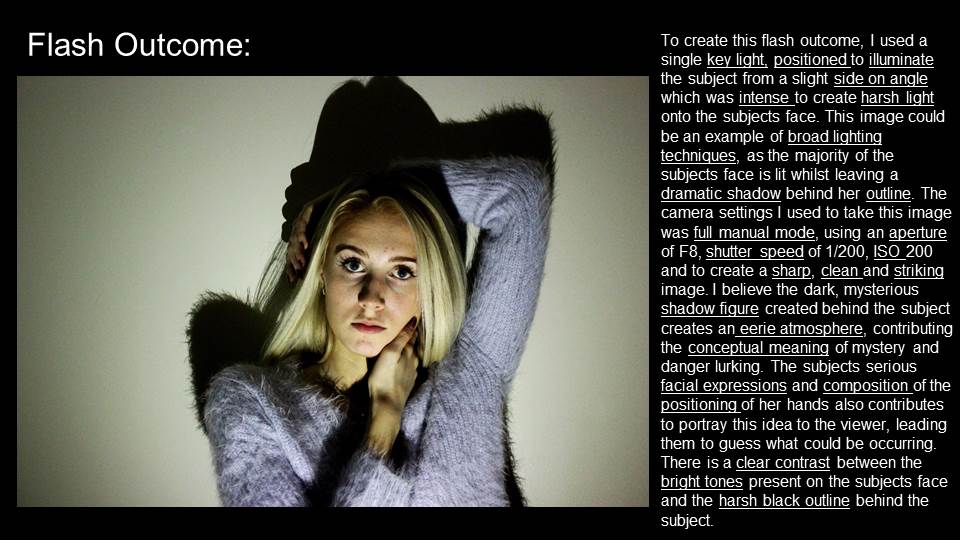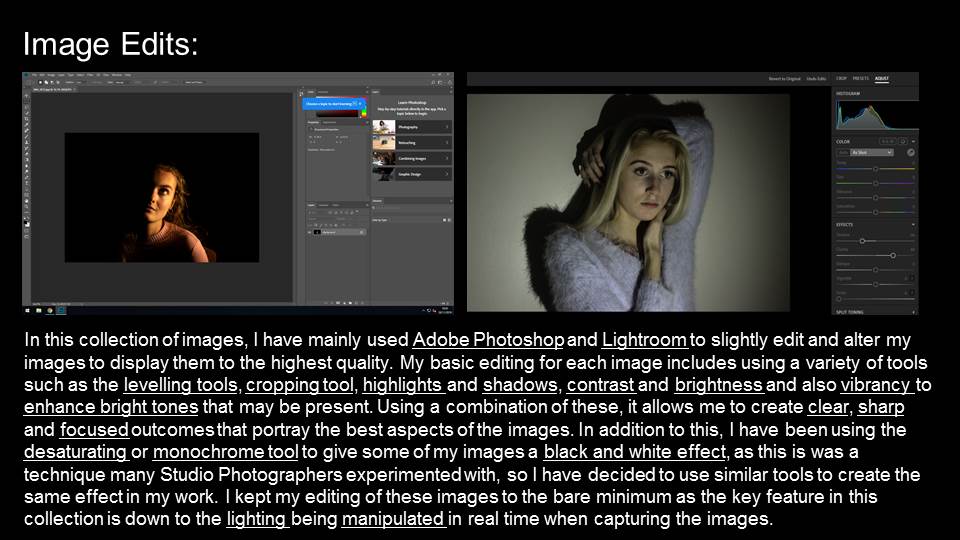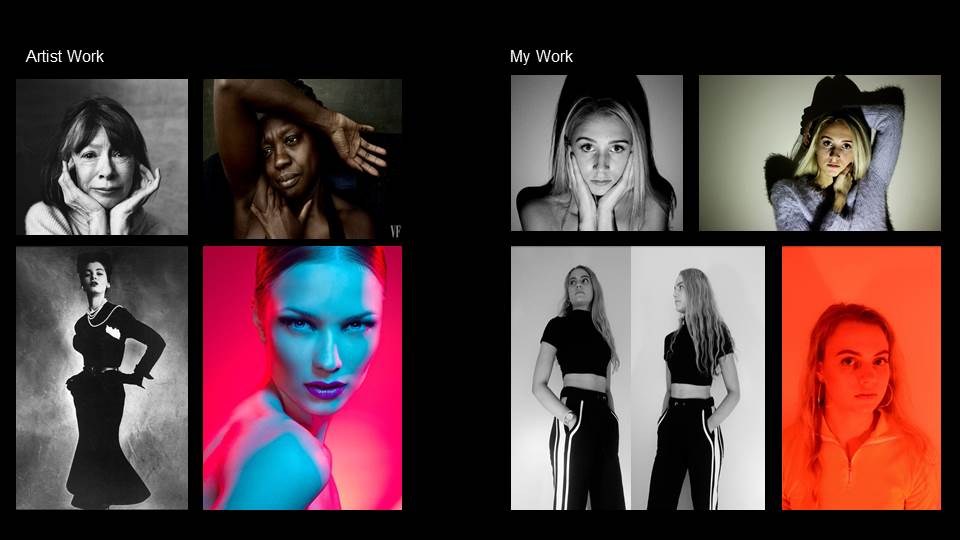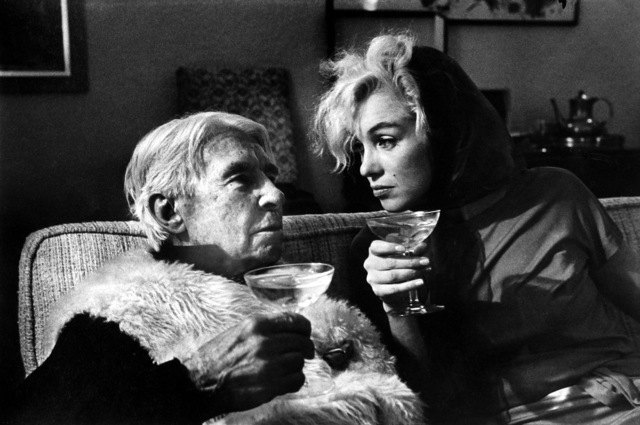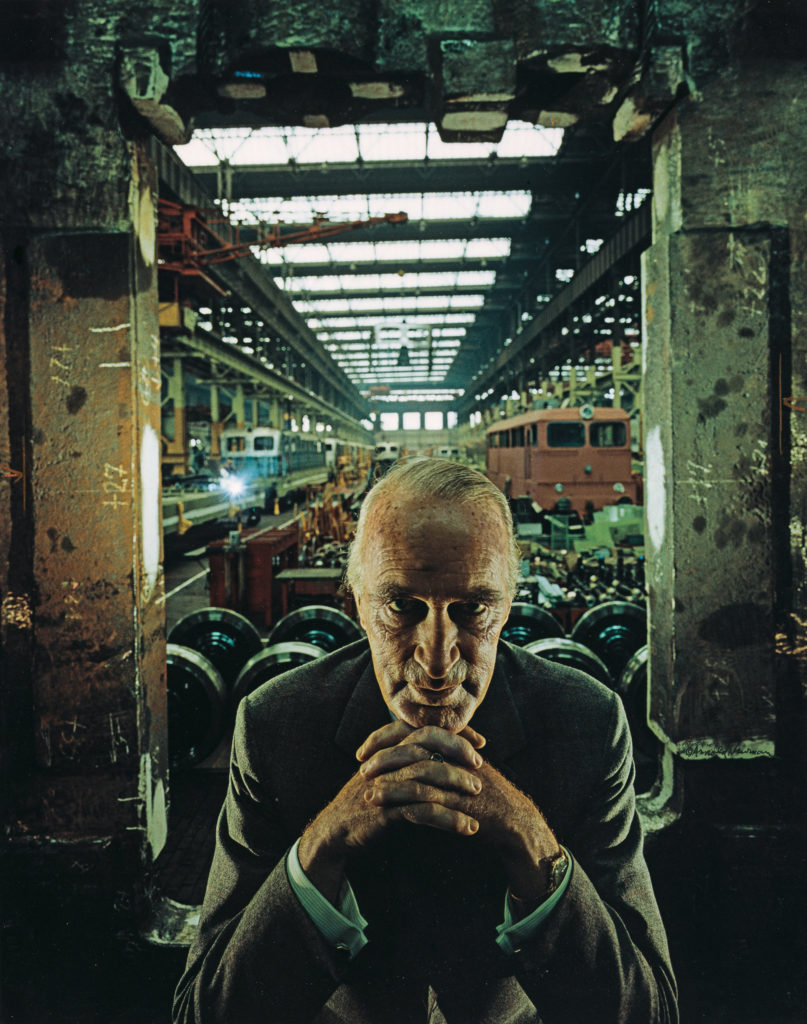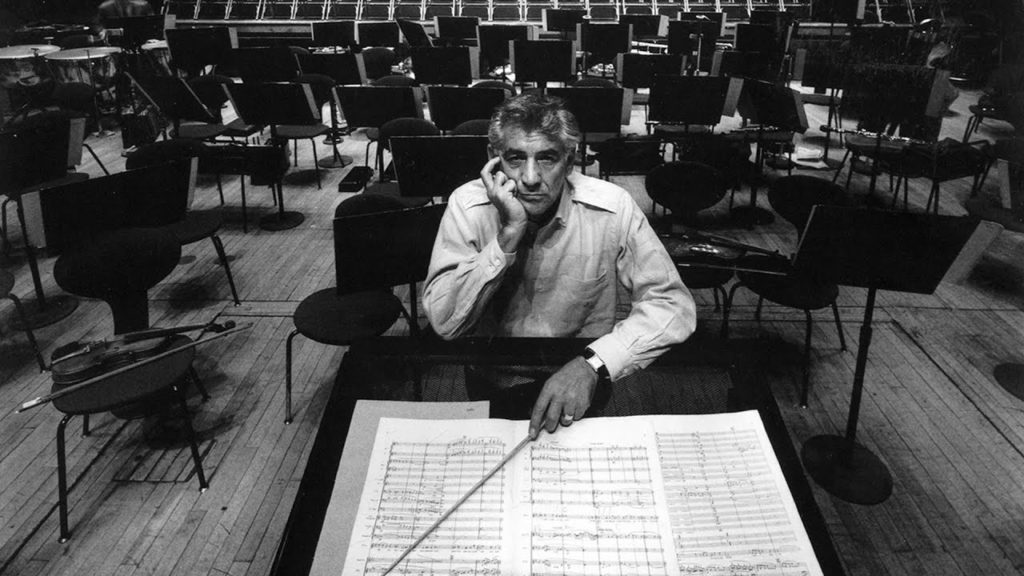who is HENRI CARTIER-BRESSON and what do they do?
HENRI CARTIER-BRESSON is a french humanist photographer, who was born in 1908 and is considered the master of the candid portraiture genre. CARTIER-BRESSON also pioneered the genre of street photography too. He viewed photography as capturing a decisive moment. Their family supported financially, so they could pursue photography freely. In 1947, CARTIER-BRESSON along with a few other photographers founded Magnum Photos. They also achieved international recognition when they covered Gandhi’s funeral.
mood board of HENRI CARTIER-BRESSONS photographs
analysis of HENRI CARTIER-BRESSON image
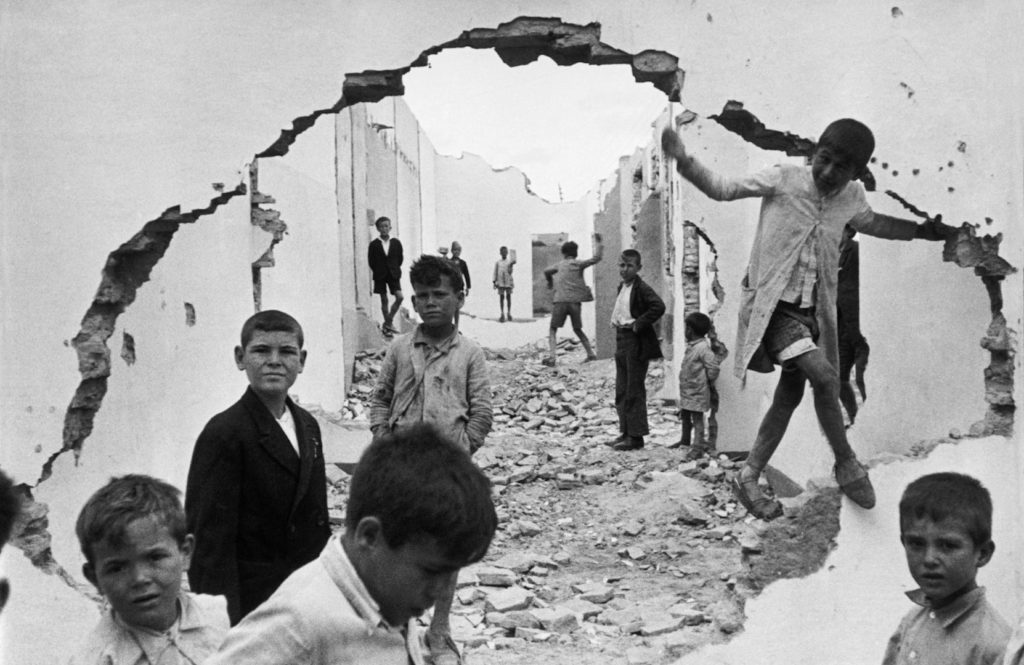
The lighting in this photograph is natural, as CARTIER-BRESSON has shot in a natural landscape, not in a studio location. The light is flat, as there are no harsh shadows, which would be created by harsh lighting. This photograph is overexposed as the whites are overblown and this means that the whites take over the darks. CARTIER-BRESSON would have been using a wide angled lens, as the shot is taken from close up, however, everything is well placed in the shot. The depth of field is sharp. CARTIER-BRESSON has shot in black and white, which makes the photograph look very poignant and melancholy. The photograph has a very strong tonal range, as there is a balance between lights and darks. The dark darks are very bold and stand out well on the light whites. All of the different textures, including the rubble on the ground, the cracks in the buildings, and the materials of the clothes, add to the photograph and its complexity. This complexity increases the interest of the photograph for the viewer. In the background, there is a repetition of the houses, as they are in lines and repeat until they can not be seen. The composition of the photograph is symmetrical, which adds to the overall aesthetics of the photograph, as when it looks balanced, it looks clean and easy on the eye. The figures are framed by a broken wall, which brings up the notion of ‘their world’ and ‘our world’, and how we are not allowed in. ‘Their world’ looks like dystopia compared to ours, as it is broken, and run down. The figures act as leading lines into ‘their world’, they guide the viewers’ eyes into and past the broken wall into a place of suffering. HENRI CARTIER-BRESSON took this photo in Seville in Spain in 1933. If you had not known the date this photograph was taken, you might have thought it was shot during the Spanish War, which was in 1936-9, due to the photograph being situated in a run down place. However, the fact it was taken in 1933 gives an eerie feel to the photograph as the figures are in an area ‘attacked’ by a war that hasn’t even happened yet.
HENRI CARTIER-BRESSONS contribution to magnum photo agency
CARTIER-BRESSON and the rest of the founders split assignments between the members of the agency. CARTIER-BRESSON covered many areas and achieved recognition. Magnums mission was to ‘feel the pulse’ of the times.
contrasting to TRENT PARKE
similarities
- both photograph in black and white
- both photograph individuals in a natural environment
- both photograph in a very creative way
differences
- TRENT PARKE photographs in a more abstract way
- TRENT PARKE photographs and edits to enhance the contrast, to create stronger blacks and whites
- TRENT PARKE photographs more freely
- TRENT PARKE photographs with less focus
- HENRI CARTIER-BRESSON captures more of a flat photograph
- HENRI CARTIER-BRESSON photographs have a lower contrast
- HENRI CARTIER-BRESSON photographs are centered around culture

